A BEGINNING

Spring leaves unfurl on BT QURU 03: the centenarian red oak at the center of my book Witness Tree, forthcoming from Bloomsbury Publishing.
My tree lives in a liminal space, in many worlds at once. It is a natural tree, living with other plants and animals, across seasons, and time. It is a historic and cultural artifact. The stonewall near where it sprouted, about a century ago, is testimony to the people who lived and worked here, back when this place was a farm. Deliberately left, rather than cut like all the others, was my tree just too close to the wall to bother cutting? Or a nice bit of shade for the cows? As farmers left this field and others like it for jobs in factories and cities, a transformation of our planet was beginning. Atmospheric C02 levels were about 300 parts per million when my tree sprouted. They are over 403 ppm today. That’s the highest concentration in almost 2 million years, and a level never before encountered by humans.
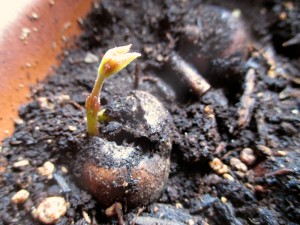
How can something so tiny grow to something so big? The first push of growth from the acorn of a red oak I gathered in the Harvard Forest and sprouted on my windowsill last spring.
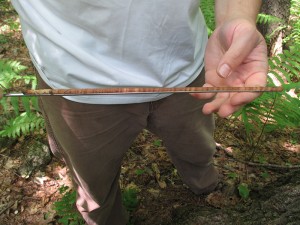
This core shows BT QURU 03 is about a century old. The core is small enough to fit inside a drinking straw and taking it does not harm the tree.
My tree sprouted back when the industrial revolution was revving up, with Model T’s rolling off the assembly line. Our love affair with oil and the combustion engine was taking root at about the same time as my tree, which would grow to tower over what was once a farmer’s field, abandoned as people left for jobs in factories and cities – beginning the transformation of our world.
Here, in this tree, is a living timeline of those social and historical changes, and their environmental consequences, observable in my tree’s growth and even its breath. As CO2 levels rise, this tree is cranking harder and growing bigger, as it adapts to our changing world. Deep within its cells, its roots, leaves, and in its massive bearing, is the story of its persistence even as seasons change, the climate system of our planet transforms, and the ecology of the forest remakes itself.
The pasture and farm fields where my tree sprouted have since gone back to the forest. A ferocious hurricane flattened much of the surrounding forest in 1938. Yet the oak is still here, and today is one of the biggest things in a grove of younger trees, grown up around it. Today, it towers over a tumbled, lichen encrusted old stonewall bordering what was once the pasture my tree shaded. And by now, my tree isn’t just a wild sprout; it is a tagged, tracked research specimen in long-term phenology studies here at the forest.
It’s also a living timeline of the social and historical changes — and their environmental results — now transforming our planet, instantiated in a single tree.
In one tree, one forest, we can see the story of our changing world, and take a look into the future. We can even be mentored and inspired by a tree adapting to persist and thrive on this planet, as we must, too.
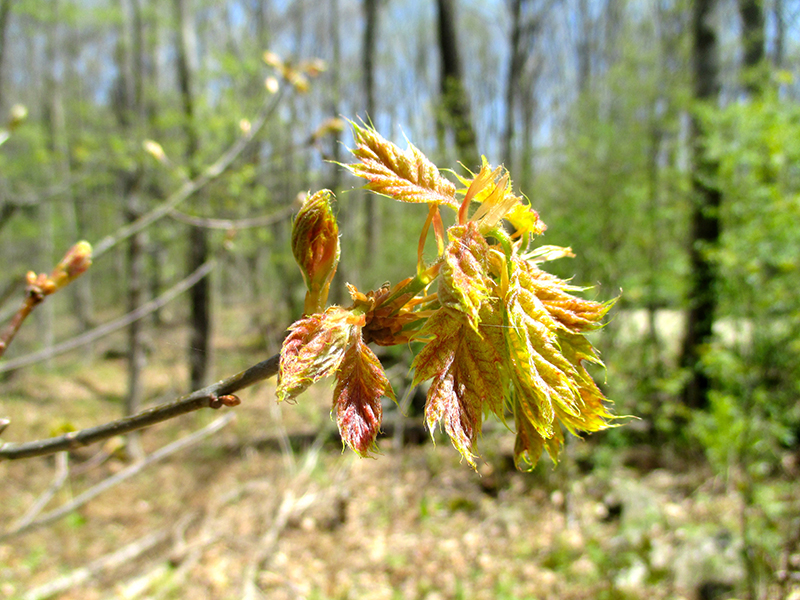
The leaves of a red oak in the Harvard Forest begin to unfurl and grow. Their salmon pink color fades as the leaves grow to a dark, glossy green with a hard waxy finish. Each will be a different shape and size, depending on its placement on the tree…in sun, or shade, to maximize its ability to make food from the sun.
As surely as 19th century surveyors used witness trees to mark metes and bounds, as everything changed around them, this oak is my witness tree.
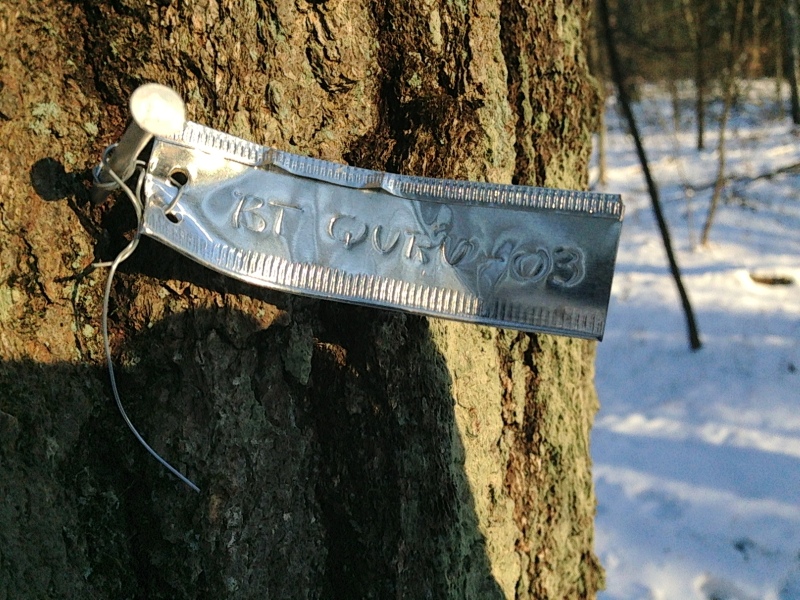
My tree is a tagged, tracked research specimen in a long term study of phenology, the seasonal changes in nature. BT stands for Barn Tower, the name of the plot where it is growing in the Harvard Forest. QURU is its species: Quercus rubra, or red oak. And 03 is the year it was put in the study’s data base: 2003.
In September, my editors at the Seattle Times were kind enough to grant me a year-long leave of absence from the newsroom where I work as a reporter covering nature, Indian tribes and the environment, to begin a Bullard Fellowship at the Harvard Forest in Petersham, MA. I am living at the forest to observe my tree through the seasons, explore the history it has witnessed, and see what one tree can tell us about our changing world – and our changing relationship to nature. The result will be my book Witness Tree, under contract with Bloomsbury Publishing for publication in 2015.
Come along as I explore the forest, talk to scientists and scholars, and live my tree’s seasons through the year in the Witness Tree Blog I’ll write at this space. Be in touch with your own questions, ruminations, and thoughts in comments pages on my blog. Watch the tree’s forest canopy change through the seasons in real time and learn more about phenology — seasonal change in nature — in the PhenoCam link.
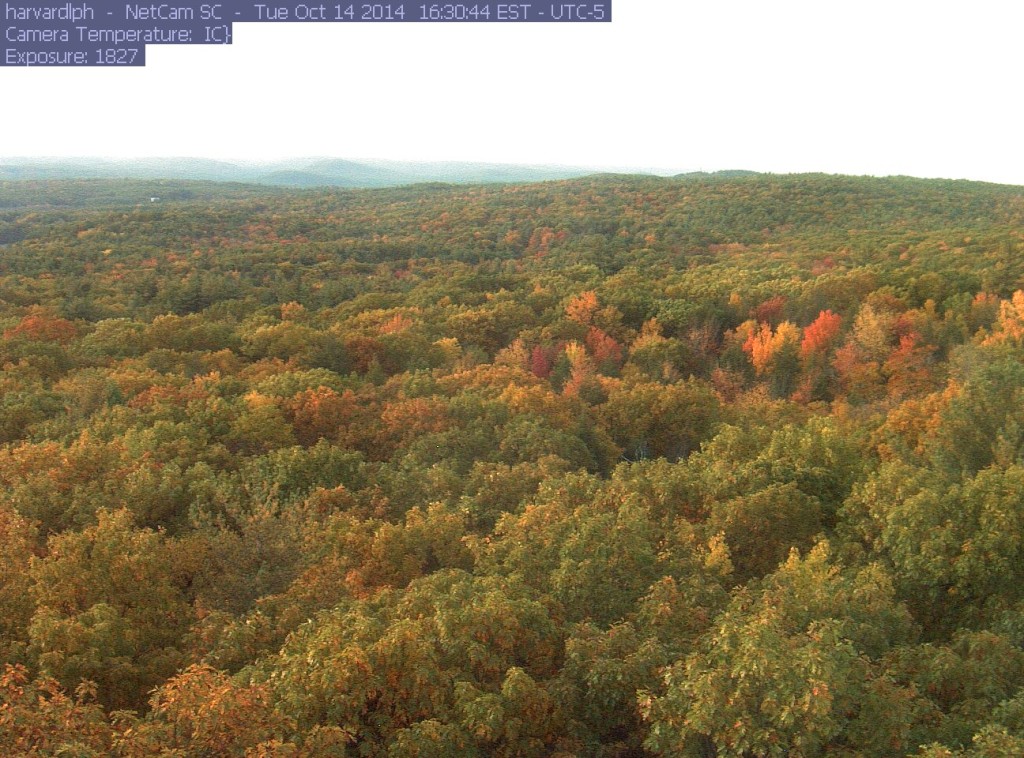
The view from the PhenoCam looking at Prospect Hill in the Harvard Forest. Images of the forest canopy are streamed live and updated every half hour during daylight hours. The view from the Barn Tower Camera includes the canopy of BT QURU 03.
Learn more about the science behind my book from the scientists at the Richardson Lab at Harvard’s Department of Organismic and Evolutionary Biology, and researchers here at the Harvard Forest. Look for animal visitors photographed from the wildlife cam I’m putting up at the tree. Come visit the Harvard Forest, beautiful in every season, and featuring a fine museum and miles of walking trails, open to anyone anytime, with no guide, fee, or parking permit needed. Horses and dogs on leash are welcome but no motorized vehicles please. Groups may also schedule a custom visit to meet me, visit the tree, and learn more about the Witness Tree project and enjoy the Harvard Forest, which with prior arrangement and modest fees offers overnight lodging, catering, and guided tours. It’s going to be a beautiful, adventurous year, full of wonder, beauty, and surprise.

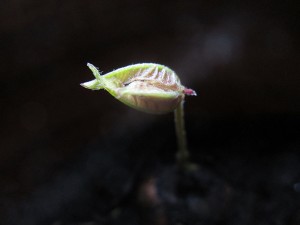
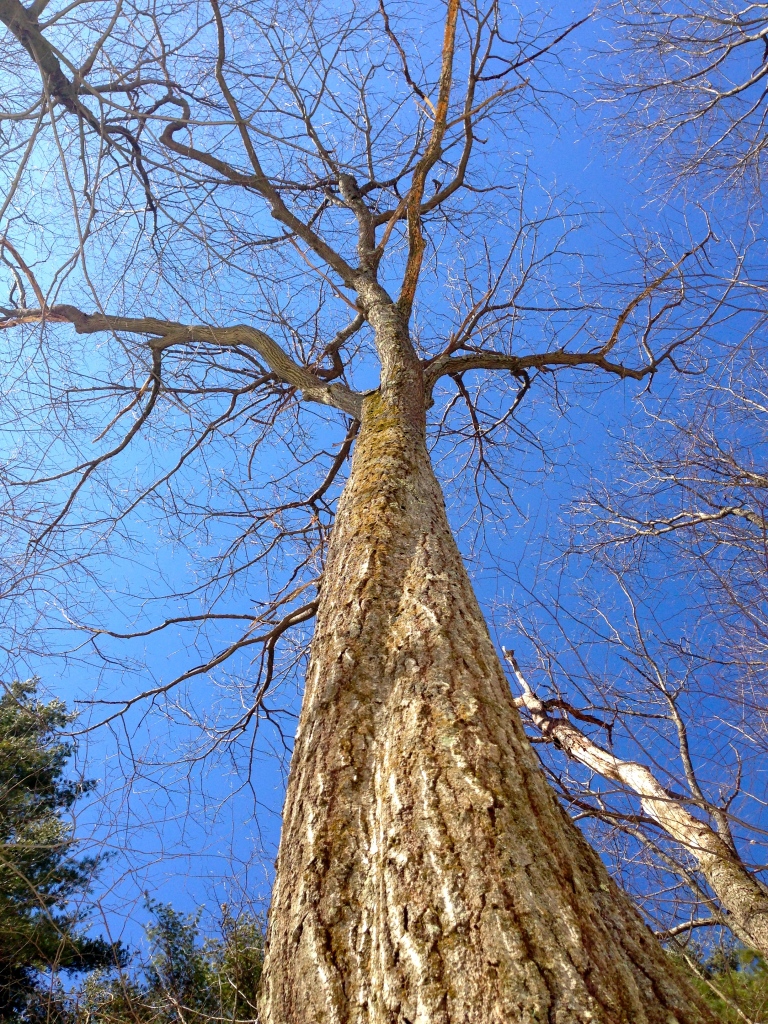
Leave a Reply